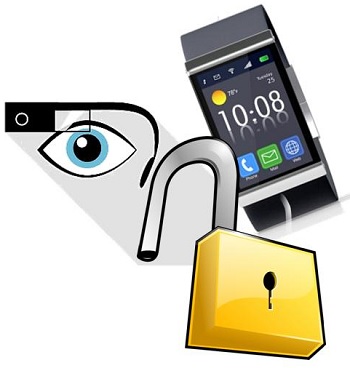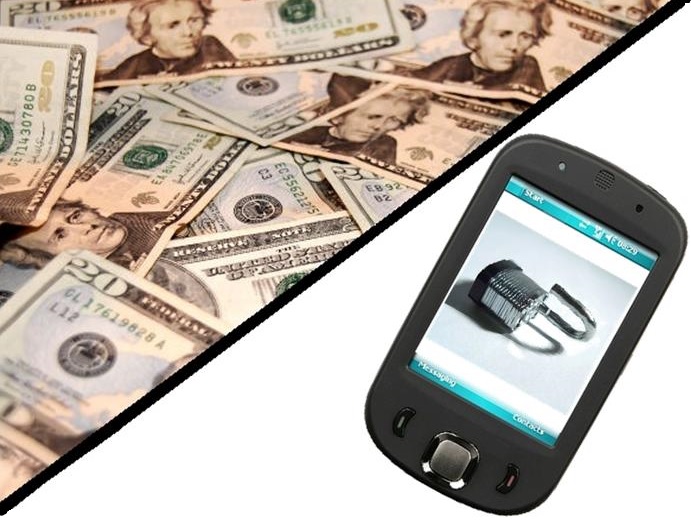A new report by ABI Research has revealed that wearables are rapidly increasingly in popularity.
The wearable technology market is moving quite quickly throughout 2014, but despite its popularity, the use of these devices could be placing consumers at an ever rising risk of a mobile security breach.
An ABI Research report claims that there will be 485 million shipments of wearables by 2018.
Among the most popular devices in the wearables category includes those that allow for the tracking of health and fitness data. They also often allow this data to be shared with friends, coworkers, or between doctors and patients. However, each new activity that is logged may also be opening up the user to a new mobile security breach risk.
This mobile security speculation by many in the wearables industry has been underscored by Symantec research results.
 On June 7, 2014, that company’s Security Response team looked at the most popular mobile apps at the Apple App Store and examined the most popular iOS compatible offerings within the free “health & fitness” category. It then tested the 100 most popular options within that category. Among them, there were 57 that were also available in the Google Play store so that Android device users would be able to them. Those 57 were also researched on the Android side, by the Symantec team.
On June 7, 2014, that company’s Security Response team looked at the most popular mobile apps at the Apple App Store and examined the most popular iOS compatible offerings within the free “health & fitness” category. It then tested the 100 most popular options within that category. Among them, there were 57 that were also available in the Google Play store so that Android device users would be able to them. Those 57 were also researched on the Android side, by the Symantec team.
What the Security Response team found was that 20 percent of the apps that they examined required a user to use non encrypted (clear) text which exposed their login credentials. This means that in the case of the users of those popular free applications, it could be possible for the device or the app to be compromised.
Furthermore, depending on when and where the wearable device is synced, it could mean that those login credentials will be shared with just about anyone who is paying attention. The typical wearable technology does not connect directly to the internet. Instead, it uses Bluetooth synchronization to an internet enabled smartphone, tablet, or desktop. This process may be making it much easier for cybercriminals to breach mobile security and scoop up personal data from the device user, without ever making him or her aware that it had occurred.

 According to the Gartner technology research group’s projections, over the next four years, m-payments will experience a 35 percent average annual growth rate, which will send the number of users to around 450 million, and the amount of spending over this method up to $721 billion by 2017. In North America, alone, there is expected to be a growth rate of 53 percent, this year, so that by the end of 2013, it will have reached $37 billion, when compared to last year’s $24 billion. This is positive news for that industry, but also represents a growing
According to the Gartner technology research group’s projections, over the next four years, m-payments will experience a 35 percent average annual growth rate, which will send the number of users to around 450 million, and the amount of spending over this method up to $721 billion by 2017. In North America, alone, there is expected to be a growth rate of 53 percent, this year, so that by the end of 2013, it will have reached $37 billion, when compared to last year’s $24 billion. This is positive news for that industry, but also represents a growing 